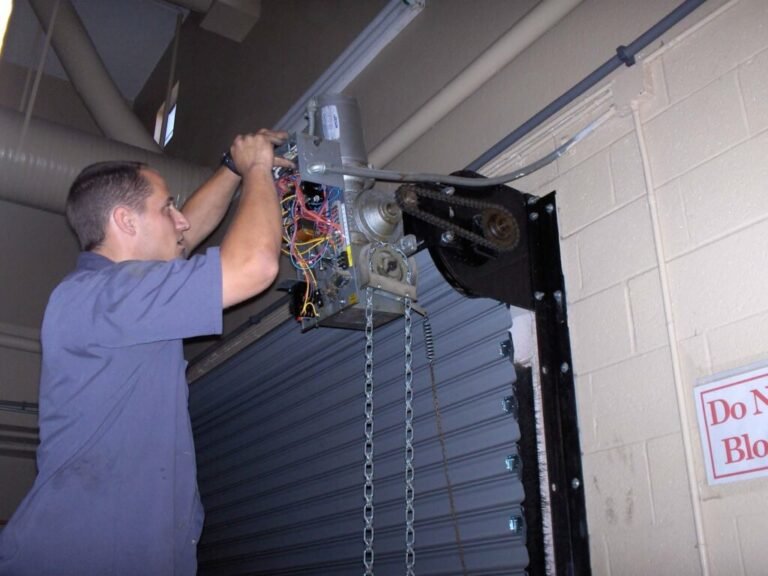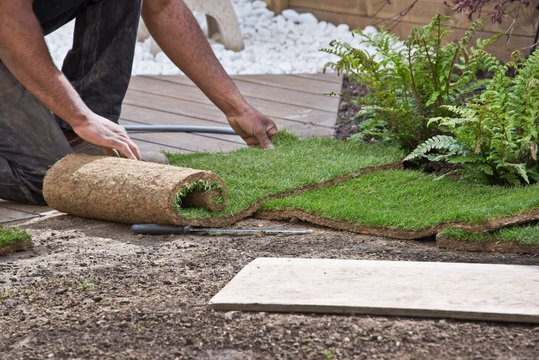A Golden Triangle Tour 4 Days is the perfect way to explore India’s cultural and historical heartland, covering three of the country’s most captivating cities — Delhi, Agra, and Jaipur. The Golden Triangle Tour 4 Days offers travelers a deeper and more relaxed experience of North India’s architectural wonders, royal heritage, and colorful traditions. This route forms a triangle on the map, connecting the capital city of Delhi, the Mughal splendor of Agra, and the regal grandeur of Jaipur.
This 4-day itinerary allows visitors to soak in the highlights at a comfortable pace, discovering the contrast between Mughal artistry, colonial elegance, and Rajasthani royalty — all within a short span.
Day 1: Arrival and Sightseeing in Delhi
Your journey begins in Delhi, the vibrant capital of India, where the past and present coexist harmoniously. After hotel pickup or airport arrival, the city tour begins with Old Delhi, home to Mughal-era landmarks and lively markets.
Start your exploration at the magnificent Red Fort, built by Emperor Shah Jahan in 1648. Its towering red sandstone walls and intricate architecture reflect the grandeur of the Mughal dynasty. Next, visit Jama Masjid, one of India’s largest mosques, capable of holding over 25,000 worshippers at once. The views from its minarets are breathtaking, offering a glimpse of Delhi’s timeless chaos below.
A rickshaw ride through Chandni Chowk brings the city’s spirit alive — a maze of narrow lanes filled with spice shops, sweet vendors, and colorful bazaars. Don’t miss tasting traditional snacks like samosas and jalebis.
Continue to Raj Ghat, a peaceful memorial dedicated to Mahatma Gandhi, before heading to New Delhi, designed by the British architect Edwin Lutyens. Here, you’ll see India Gate, Rashtrapati Bhavan (President’s House), and Parliament House, symbols of India’s democratic pride.
The tour concludes with visits to Humayun’s Tomb, a UNESCO World Heritage Site that inspired the Taj Mahal, and the Qutub Minar, the world’s tallest brick minaret. After a day full of discovery, relax overnight at your Delhi hotel.
Day 2: Delhi to Agra – The Mughal Marvel
After breakfast, depart for Agra, the city of love and architectural brilliance. The drive takes around three to four hours via the Yamuna Expressway, one of India’s best highways.
Upon arrival, visit the majestic Agra Fort, a UNESCO World Heritage Site built by Emperor Akbar. This red sandstone fortress houses elegant palaces, courtyards, and mosques, offering a glimpse into the opulent lifestyle of the Mughal emperors. From its ramparts, you can catch a distant yet stunning view of the Taj Mahal shimmering across the Yamuna River.
In the evening, witness the sunset view of the Taj Mahal from Mehtab Bagh, a beautiful garden located directly across the river. As the sun sets, the monument’s white marble turns shades of orange and pink, creating a truly magical sight. Spend the night in Agra, resting for the next day’s sunrise visit.
Day 3: Agra to Jaipur – The Royal Road
Wake up early for the highlight of your journey — the Taj Mahal at sunrise. The first rays of sunlight bring the monument to life, casting a golden hue on its marble surface. Built by Shah Jahan in memory of his beloved wife Mumtaz Mahal, the Taj Mahal stands as an everlasting symbol of love and devotion.
After exploring this wonder and enjoying breakfast, drive toward Jaipur, the capital of Rajasthan, known as the Pink City. On the way, stop at Fatehpur Sikri, the abandoned Mughal city built by Emperor Akbar in the 16th century. Its red sandstone palaces and courtyards remain beautifully preserved, offering a glimpse of Mughal vision and artistry.
Continue your journey through the scenic Rajasthani countryside, arriving in Jaipur by evening. After checking into your hotel, you may stroll through the local markets or enjoy a traditional Rajasthani dinner with folk dance and music. Overnight stay in Jaipur.
Day 4: Jaipur Sightseeing and Return to Delhi
The final day of the Golden Triangle Tour begins with a visit to the spectacular Amber Fort (Amer Fort), located on a hill overlooking Maota Lake. This 16th-century fort combines Rajput and Mughal architecture, with grand halls, intricate carvings, and the dazzling Sheesh Mahal (Mirror Palace). Visitors can reach the fort by jeep or elephant ride, enjoying panoramic views along the way.
Next, explore the City Palace, a magnificent complex that still serves as the royal residence. The museum within displays royal costumes, weapons, and artifacts from centuries past. Close by stands Jantar Mantar, an astronomical observatory and UNESCO World Heritage Site built by Maharaja Sawai Jai Singh II, showcasing India’s scientific brilliance long before modern technology.
A stop at the Hawa Mahal (Palace of Winds) is a must. Its pink sandstone façade, with 953 small windows, allowed royal ladies to watch street life without being seen. The structure’s honeycomb design and play of light make it one of the city’s most photographed landmarks.
Before heading back to Delhi, take some time to visit Jal Mahal (Water Palace), a charming structure floating in the middle of Man Sagar Lake. Later, enjoy shopping at Bapu Bazaar and Johari Bazaar, where you can buy gemstones, textiles, and handcrafted souvenirs that reflect Rajasthan’s rich artistry.
By evening, drive back to Delhi for your onward journey or drop-off at your hotel or airport.
The Golden Triangle Tour 4 Days offers travelers a remarkable experience of India’s royal heritage, Mughal grandeur, and vibrant culture — all in a perfectly curated itinerary. From the bustling streets of Delhi to the eternal beauty of the Taj Mahal and the regal splendor of Jaipur, this tour encapsulates the soul of India. Each city reveals a different chapter of the nation’s story, making it an unforgettable journey for every traveler.





